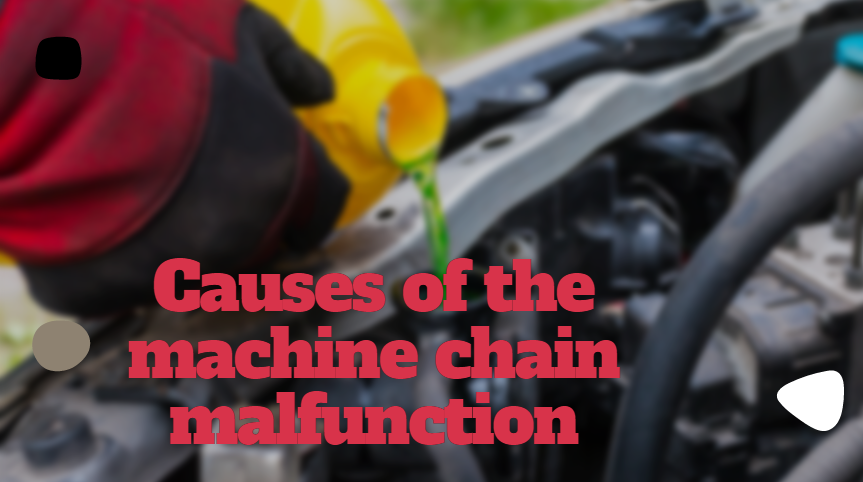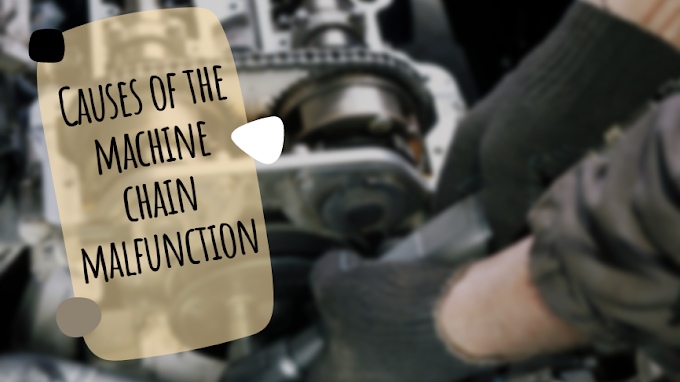Causes of a car oil cooler malfunction
The oil cooler is one of the necessary elements for the operation of the car engine, as it maintains the oil temperature at the required level, and some oil coolers use air from the outside to cool the engine system, but the oil cooler depends mainly on changing the oil into the water to feed the coolant, and it is located between The engine and the engine oil filter, and over time the oil cooler or parts of it may be damaged, which requires repair or change, so this article will explain the causes of a car oil cooler malfunction and repair it in the simplest ways and costs.
 |
| Causes of a car oil cooler malfunction |
1. Oil coolant leaking
The car's cooling system contains a transformer to cool the oil, which connects the oil pipes to the radiator, and cracks or holes may occur in the seals or pipes, causing oil to leak on the ground, or lead to a leak in the oil cooler due to an internal malfunction, causing It causes the engine to overheat, reduce its lifespan or cause damage, as the oil can enter the entire engine parts as well, and the problem can be solved by asking the mechanic to help fix the malfunction in a short time.
2. Coolant leak
Coolant is an important element to maintain the temperature of the oil inside the radiator, as the fluid flows through the pipes, and if the coolant is unable to reach the radiator, it leaks out, causing the engine to overheat or damage, and a fluid leak can be observed Cooling through the presence of liquid on the ground under the car, or under the hood, or the emission of fumes from under the hood, and it is preferable to resort to a specialized person to solve this problem.
3. Mixing of coolant with oil
The function of the coolant is to control the temperature of the oil, by sending the liquid around the pipes without reaching the oil, and a defect may occur in this process, causing high pressure on the cooling system and pushing the liquid towards the radiator cap, thus leaking the liquid and mixing it with the oil, and this causes By damaging the engine, and stopping it if the problem is not addressed as soon as possible.
4. Oil pollution
The presence of a malfunction in the oil cooler gasket causes its contamination, as the oil becomes useless if it is mixed with coolant or water, and this may cause irreparable damage to the car engine, and it should be noted that the oil contamination can be observed during the change.
5. Black smoke comes out
The black smoke emitted from the exhaust of the car results from a leak of oil from the engine towards the place of fuel combustion, so it is preferable to stop the car as soon as the smoke is noticed because continuing to operate leads to significant damage to the engine parts.
6. Vibrations occur
The entry of oil into the fuel combustion chamber results in vibrations in addition to black smoke coming out of the exhaust. These vibrations occur due to damage to the oil cooler, which causes explosions in several different cylinders in the car, and significant damage to car parts when the radiator is not repaired or changed.
7. Oil cooler bulge
Swelling in the oil cooler is an important and clear indication of a malfunction or damage to the oil cooler, which may cause a break in the coolant tubes and hinder the operation of the engine, and this can be known by examining the coolant at the specialist.
8. Poor engine performance
The poor performance of the car engine is evidence of a malfunction in the oil cooler, which leads to an increase in the engine temperature, and this problem appears when the car’s acceleration is low, which means that there is a malfunction in the engine’s functions.
car oil cooler repair
The car oil cooler can be repaired by identifying and repairing the cause of the damage, or changing the coolant, and the following is a demonstration of how to repair the oil cooler:
1. Change the oil cooler gasket
The oil cooler gasket is usually made of strong materials to last for a long time, which prevents damage to the car engine, but the gasket can be damaged due to high temperature due to other problems in the engine, which leads to its damage, as the oil cooler gasket can be changed depending It depends on the type of car, and it needs a full examination to determine the extent of the damage caused by the damage to the gasket.
2. Oil cooler test
The oil cooler can be checked and tested to determine the problem and the cause of the malfunction, by immersing the oil cooler in a tank of water and compressing it with a compressed air machine to about 0.8 bar. If air bubbles appear from the oil cooler, this is an indication that it must be replaced.






